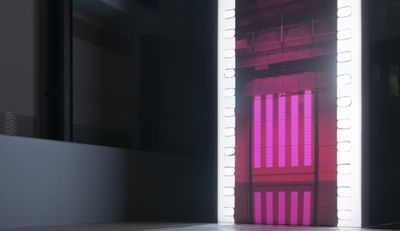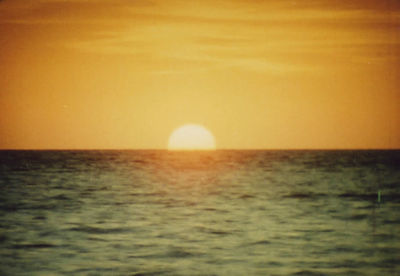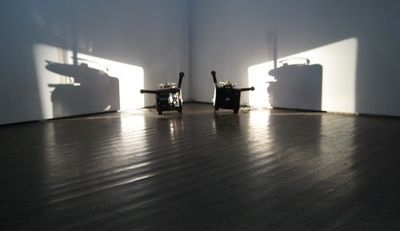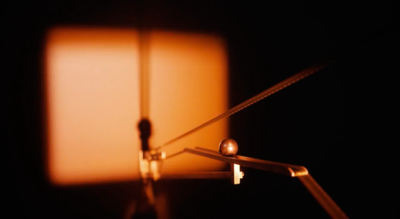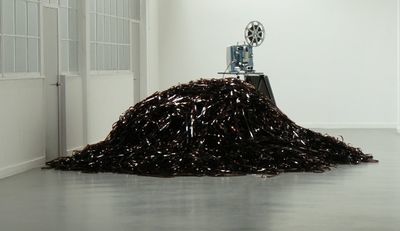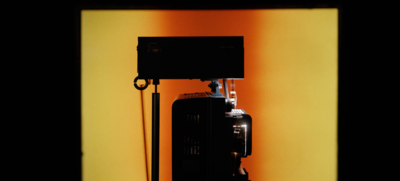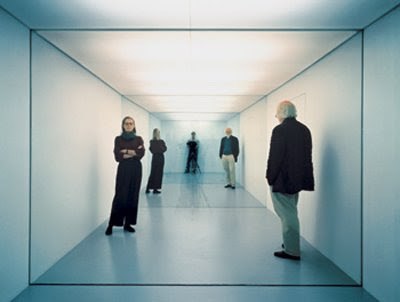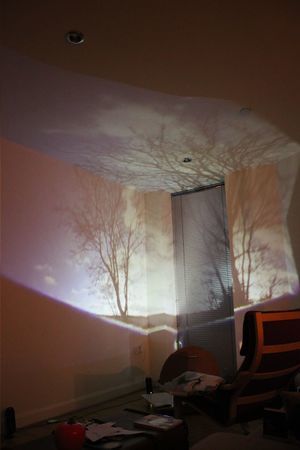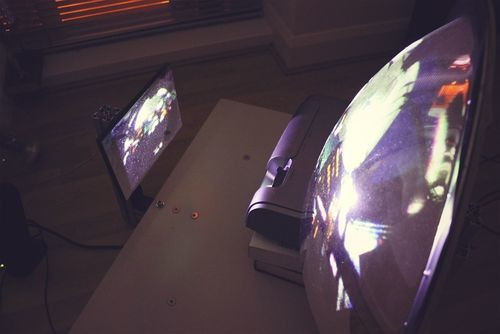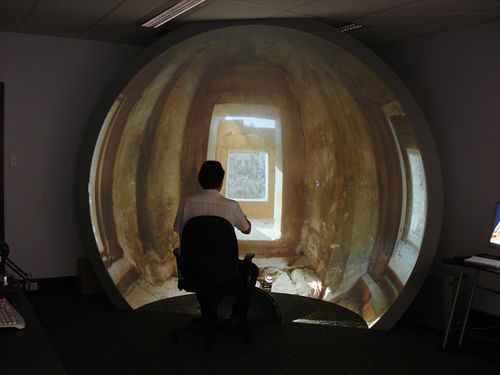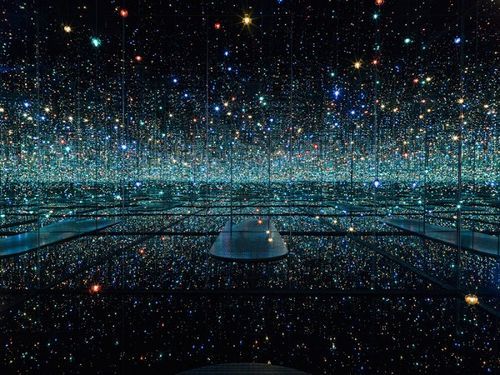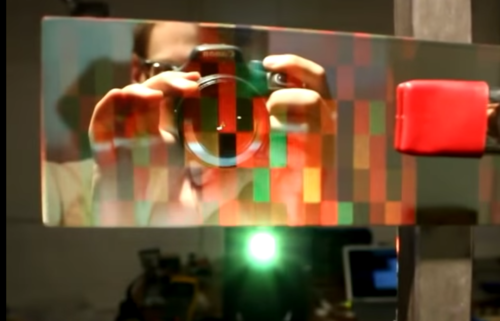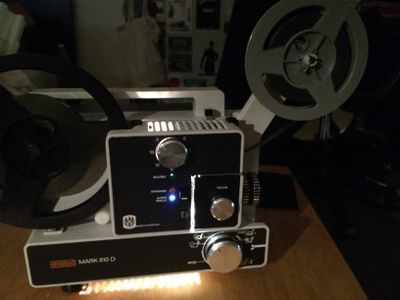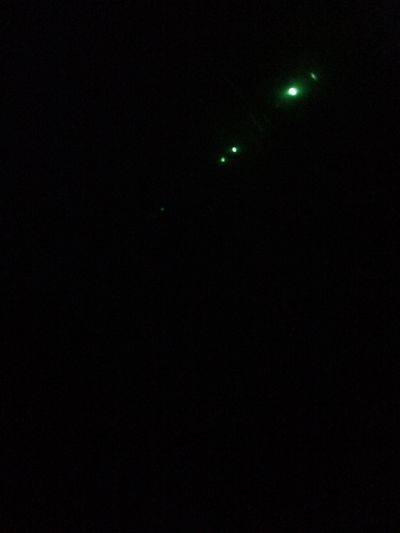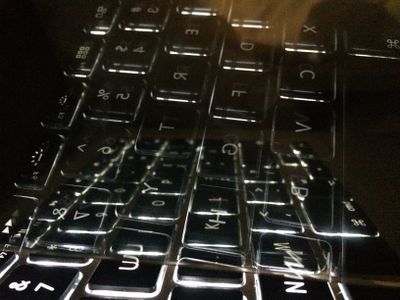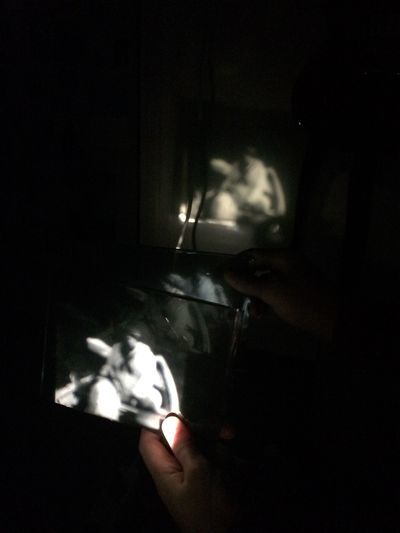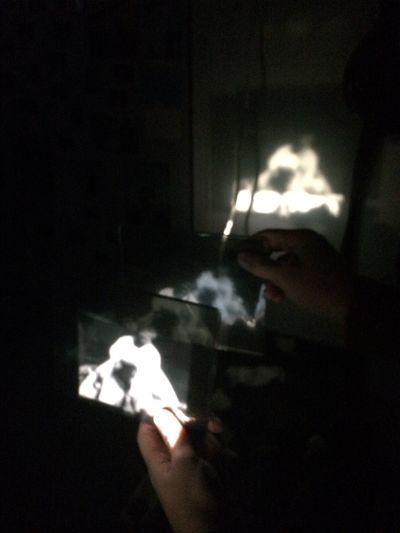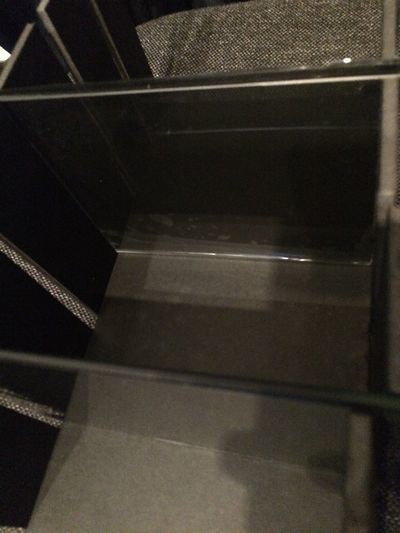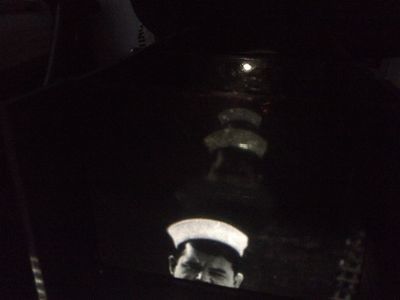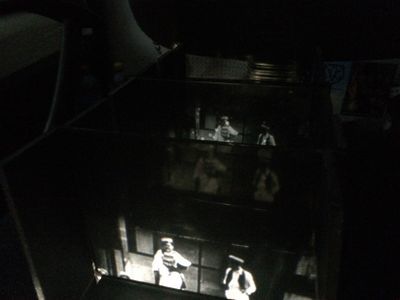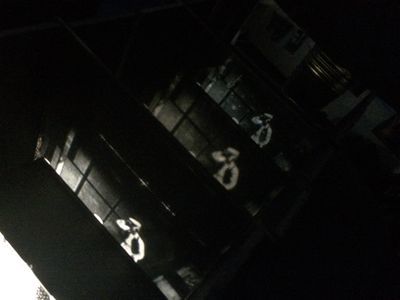Difference between revisions of "Final Project"
LarsNoback (talk | contribs) |
LarsNoback (talk | contribs) |
||
| Line 155: | Line 155: | ||
https://media.giphy.com/media/CdcUbnNGKg5gI/giphy.gif | https://media.giphy.com/media/CdcUbnNGKg5gI/giphy.gif | ||
| + | |||
| + | It might not be very clear to see in the images, but in real life you could very clearly see a third image where there are only two mirrors. | ||
| + | The next step is using the real one-way mirrors, which are also larger. So hopefully they will create a more vivid and powerful image with more repetition. | ||
Revision as of 20:45, 3 December 2016
STARTING POINT
CONCEPT
REFERENCES
Tacita Dean, FILM
https://www.theguardian.com/artanddesign/2011/oct/10/tacita-dean-film-turbine-hall
http://www.tate.org.uk/whats-on/tate-modern/exhibition/unilever-series-tacita-dean-film
A showcase of what film can do. Working with the limitations and improvising. Using a medium that is ‘about to die’ in an artwork is a statement on its own.
Tacita Dean, Green Ray
This project highlights how digital devices control our lives. The images we take define our memories, but this film proves that with analogue film you can capture something that a digital camera couldn’t.
Rosa Barba, Western Round Table
What I like about this project is that the projector becomes the center piece, instead of the image it projects.
Rosa Barba, Invisible Act
Creating a sculpture with the movement and light of the projector.
Gibson & Recorder, Light Spill
I like how simple, yet meaningful this artwork is. A projector drops it film on the ground as it projects, signifying the end of the medium.
Gibson & Recorder, Available Light
Dan Graham, Public Space/Two Audiences
Two rooms divided by a glass wall, with mirrors at the end of both rooms, creating an optical illusion. Audiences watch both themselves and the audience in the other room.
TECHNICAL
Spherical Mirror Projection
A technique to distort a projected image into multiple dimensions, creating a surrounding image.
Infinity Mirror
A simple technique to create the optical illusion op space.
Two-way Mirror Projection
Projecting on two-way-mirrors, which lets through some light, while at the same time reflects other light.
https://www.youtube.com/watch?v=AEvrI6oMd10
Developing 8mm
Looping 8mm
Using an 8mm projector means I either have to rewind the film all the time, or I have to alter the device so it can loop. I feel like I can only not loop it if this adds something to the project. Not looping means the rewinding becomes a ritual that's part of the exhibition.
https://www.youtube.com/watch?v=dzT-Op_-WEc
http://www.ebay.ie/itm/331762095478§
What's also possible is using a projector that can play in slower frame-rates. A normal super 8 plays for 3,5 minutes, but slowing the speed can extend this time to about 20/25 minutes. In the end I bought this projector that can play in 3, 6, 9, or 18 frames per second.
PROCESS
Reflective window film
I ordered two one-way mirrors, but in the meantime I used reflective window film on regular pieces of glass to achieve a similar effect.

I was able to achieve some repetition, but no very clear results yet without a projector. It still looks very similar to regular glass.
Projecting on reflective window film
After applying the reflective window film, you can project images on the glass, instead of it passing through the glass. Using two pieces of glass, the image starts repeating itself.
Mirror box 1.0
After seeing some results with the reflective window film I wanted to make a construction to hold both mirrors, where I could test the effects with various distances between the mirrors.




It might not be very clear to see in the images, but in real life you could very clearly see a third image where there are only two mirrors. The next step is using the real one-way mirrors, which are also larger. So hopefully they will create a more vivid and powerful image with more repetition.
